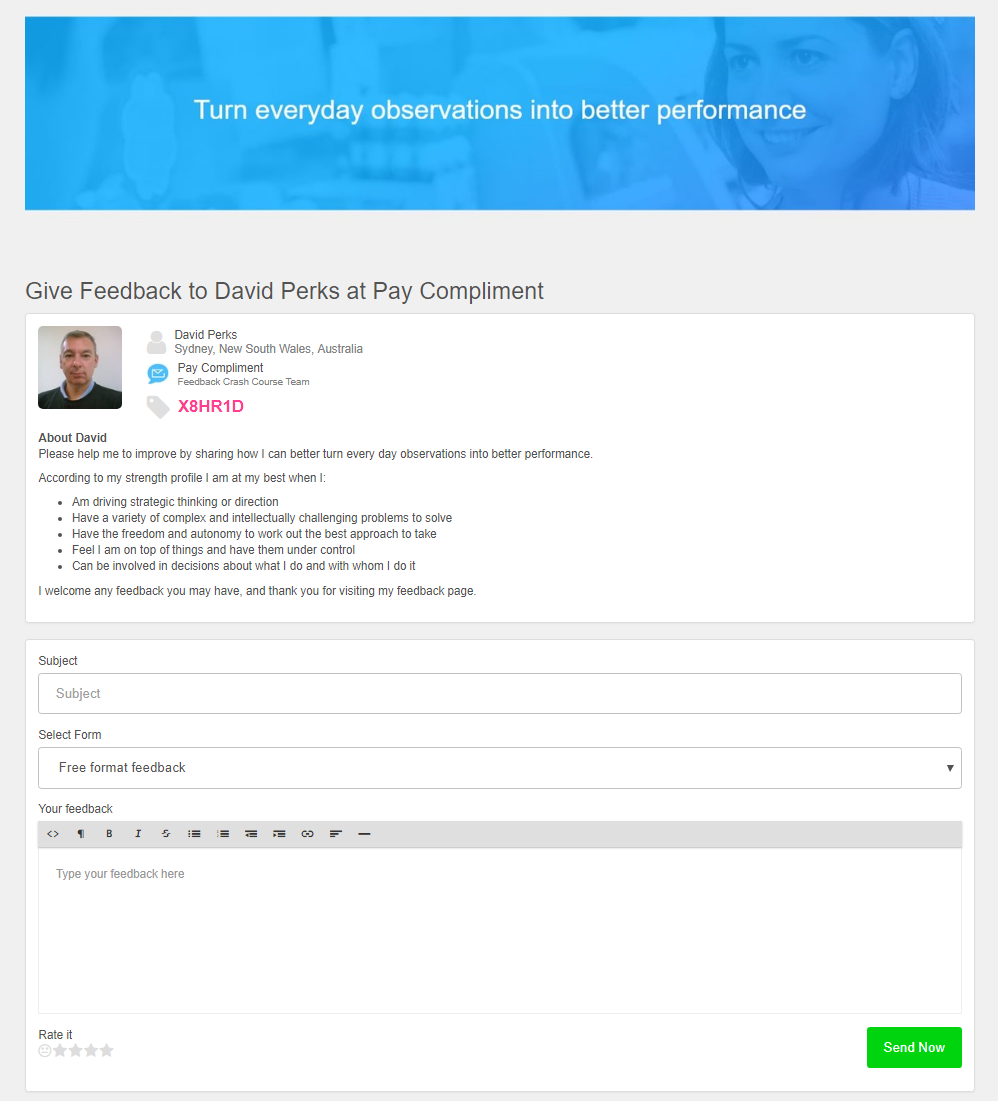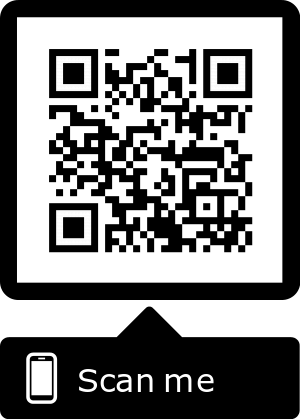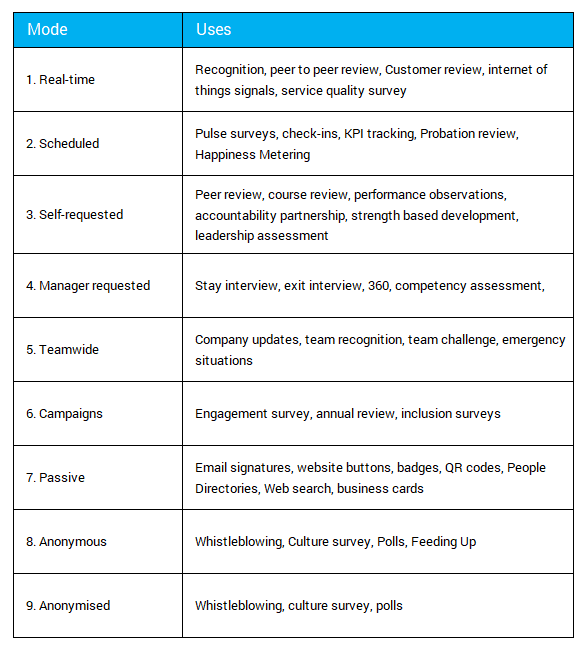 When your managers and people aren't communicating it's time to tool up.
When your managers and people aren't communicating it's time to tool up.
Despite spending much energy rolling out check-in conversations, feedback training, and perhaps a dose of Neuroscience it's not uncommon for the enthusiasm for workplace conversations to quickly die out as soon as the spotlight is moved away.
Why is this?
Most of the time, there was no consultation if the manager or the worker actually wanted such conversations, nor how often, nor about the topics that would be most meaningful.
Most of the time these decisions were already made, turned into a one-size-fits-all process, rolled out, and now look like a compliance problem.
The value of modernising performance management, improving the employee experience and making the workplace more human is beyond doubt. To achieve it though needs degrees of freedom in the way that managers and workers choose to structure their interactions.
Over time we've found that 9 modes of interaction are needed to get performance and engagement signals flowing.
Read more about how each can be used to provide the flexibility your people are looking for.
1. Real-time feedback
Good for peer to peer in the moment feedback such as praise, recognition, real-time performance observations, and performance affirmations. Real-time feedback can also include customer feedback specifically addressed to workers either immediately or through moderation before being passed on.

A comprehensive profile outlining areas of focus for the recipient is critical to stimulating real-time feedback. It isn’t easy to get people to openly give actionable feedback to each other, so providing guidance at the point of capture certainly helps with quantity and quality.
Other uses of real-time feedback to the organisation moreso than an individual include complaints, ideas, safety observations, and suggestions.
2. Scheduled feedback
Scheduled feedback is useful to orchestrate and record manager and employee check-ins.
It can also be used to prompt for KPI measurements to be provided and reviewed to ensure that workers know what they've accomplished and to provide a sense of progress.
If your leaders want to provide mini-appraisals, scheduled feedback is great to ensure this happens regularly.
Scheduled feedback is also great if you want to run pulse surveys at a frequency of your choice be that every day, week, month etc.
3. Self-requested feedback
Research shows that feedback that is requested by a worker themselves is taken more seriously than unsolicited feedback.
Self-requested feedback allows all workers to ask for feedback on specific topics either from another individual or a group.
Self-requested feedback breaks the old convention that it's a managers job to provide feedback (and that it only flows down). Instead, it puts the emphasis on the individual to ask for the performance signals they need to do their best work.
Ironically senior leaders often receive the least feedback. The best performing executive know they need to ask for feedback or otherwise will get none, so self-requested feedback is a great tool for insight into your own performance as a leader.
Self-requested feedback might be used by a trainer after a course, a consultant after a presentation, or by a worker who may not get much feedback in general such as an individual performer or a person of high status.
4. Manager/Organisationally requested review
This mode is often used to automate an annual review process, or at other major review points.
It allows a manager or admin to request feedback for a team member by inviting a set of reviewers to give a 360-degree view of performance.
Used in conjunction with a ‘flow’ the process itself might involve the employee in a self-assessment, the reviewers in a 360 and the manager is a summary and action plan. The actual participants and the stages within such a multi-step review are all easily configured through the platform.
Other situations that lend themselves to organisationally requested feedback are stay interviews and exit interviews.
5. Team wide interaction
Used to communicate to a group rather than an individual, team wide feedback is often used for appreciation and recognition.
Due to the very simple way of including many recipients in the message teamwide feedback is also often used for all company updates.
This has been especially effective when used with video format to push CEO updates to all staff from which to stimulate transparent dialogue.
Other uses are for emergency communication such as weather events, threats to safety or other topics of urgency that require disintermediated distribution and fast feedback loops.
6. Feedback campaign mode
Campaigns are used to support major feedback events such as employee engagement surveys or company wide performance review cycles.
A feedback campaign is usually sent to a large audience. It has a deadline and automated reminders to elicit a high percentage of responses.
Think of this as an email marketing style process except the audience is internal and the call to action is to provide a point of view rather than to buy something!
Other common scenarios for campaigns are culture surveys, opinion polls, change management communications, or anything where you want to hear the voice of many people in a limited timeframe.
7. Passive feedback
Passive feedback is a prompt for performance observations attached to an existing touchpoint.
It might be a rating scale or button in an email signature, a button on the profile pages of your website, a comment with a link on a report or an invoice, or a QR code on a name badge.

We’ve identified more than 55 touchpoints that could be used to advertise for passive feedback and there are sure to be business specific touchpoints unique to you.
One thing is for sure, if you don’t show up as open and available, people won’t take the time to contribute their experiences, so passive feedback is key to building an inclusive culture.
8. Anonymous feedback
Sometimes it’s too risky to say what you see. This is where anonymous feedback comes to the fore.
Whilst there are problems with anonymous feedback such as validity and verification it does have its place.
We accept anonymous consumer and employee feedback but it’s always moderated before being passed on to an individual.
Typically anonymous feedback is used in employee surveys, whistleblowing and 360’s. Many times anonymised feedback might be a better choice for these.
9. Anonymised feedback
Anonymised feedback withholds the identity of individuals but still allows for connection.
Unlike anonymous feedback, anonymised feedback is more powerful for any inbound information that might need validation or follow up.
Anonymised feedback is 100% unattributable as the identity of a reviewer is masked even though ongoing dialogue can be had to progress fact-finding and actions.
This makes anonymised feedback great for micro-surveys, whistleblowing, breach reporting, #metoo and other discriminatory claims.
Using the 9 modes of interaction to craft your ideal employee experience
Having 9 modes of interaction at the disposal of Executives, HR, Managers and Staff will meet the majority of needs to push and pull information around the organisation within one platform rather than many.
This table shows the versatility of having 9 different tools within one platform, and with pre-defined and custom templates available for all types of feedback, your approach can be easily tailored to suit the needs of your organisation.

The flexibility to run such a range of engagement efforts on a single platform gives you the opportunity to create a highly communicative culture where inclusion, engagement, and high performance is democratised.
Challenge us!
Are there any situations that would need a different mode of interaction than the ones we’ve listed so that you and your employees can have all of your feedback in one place?
Use the comments to let us know.